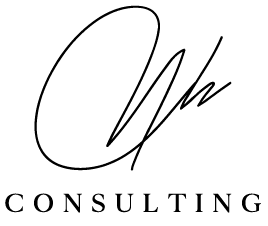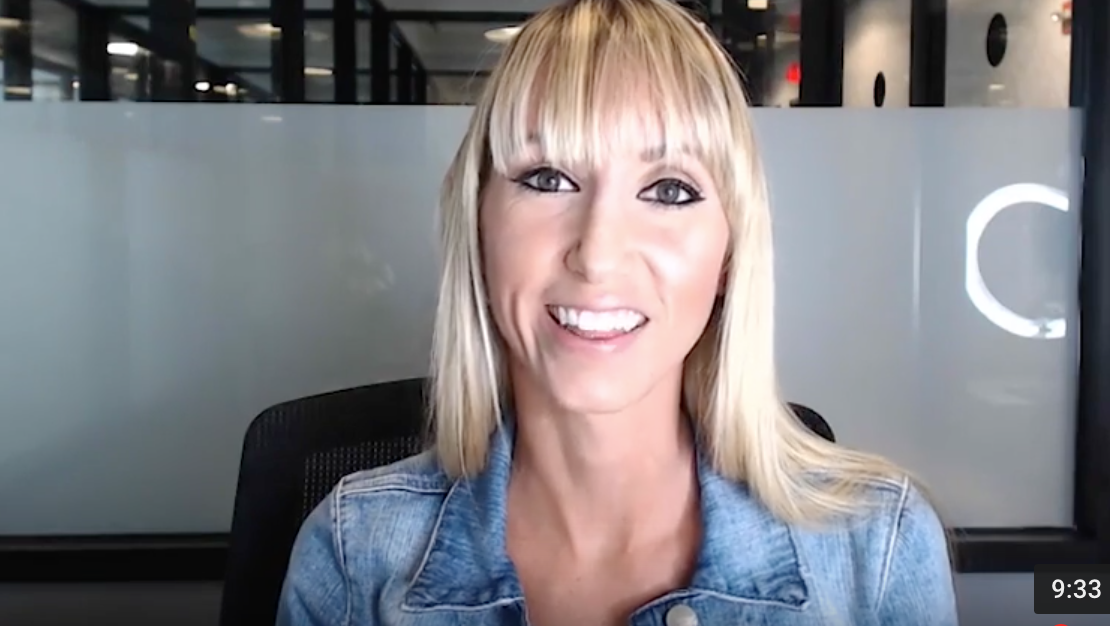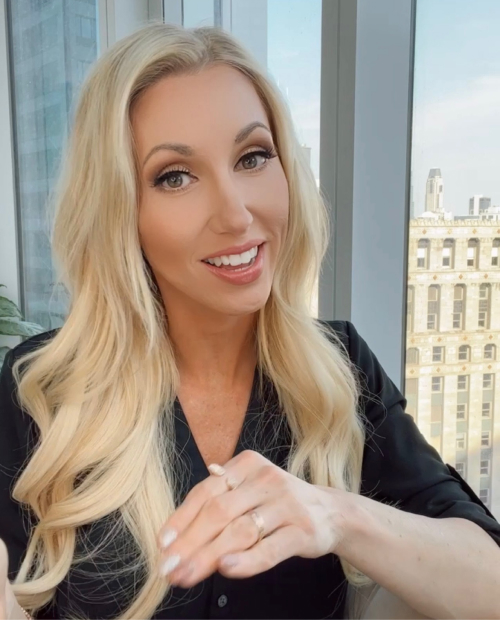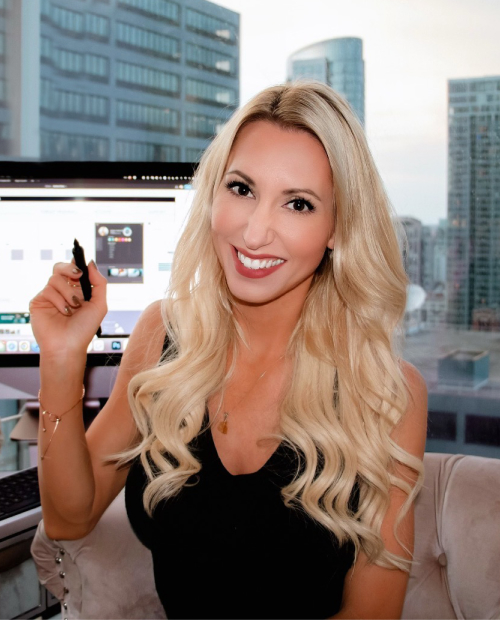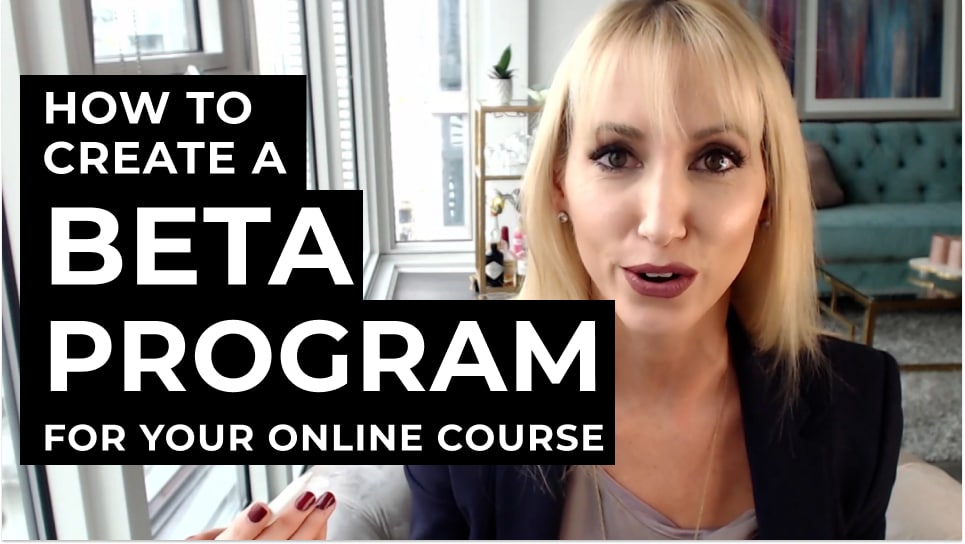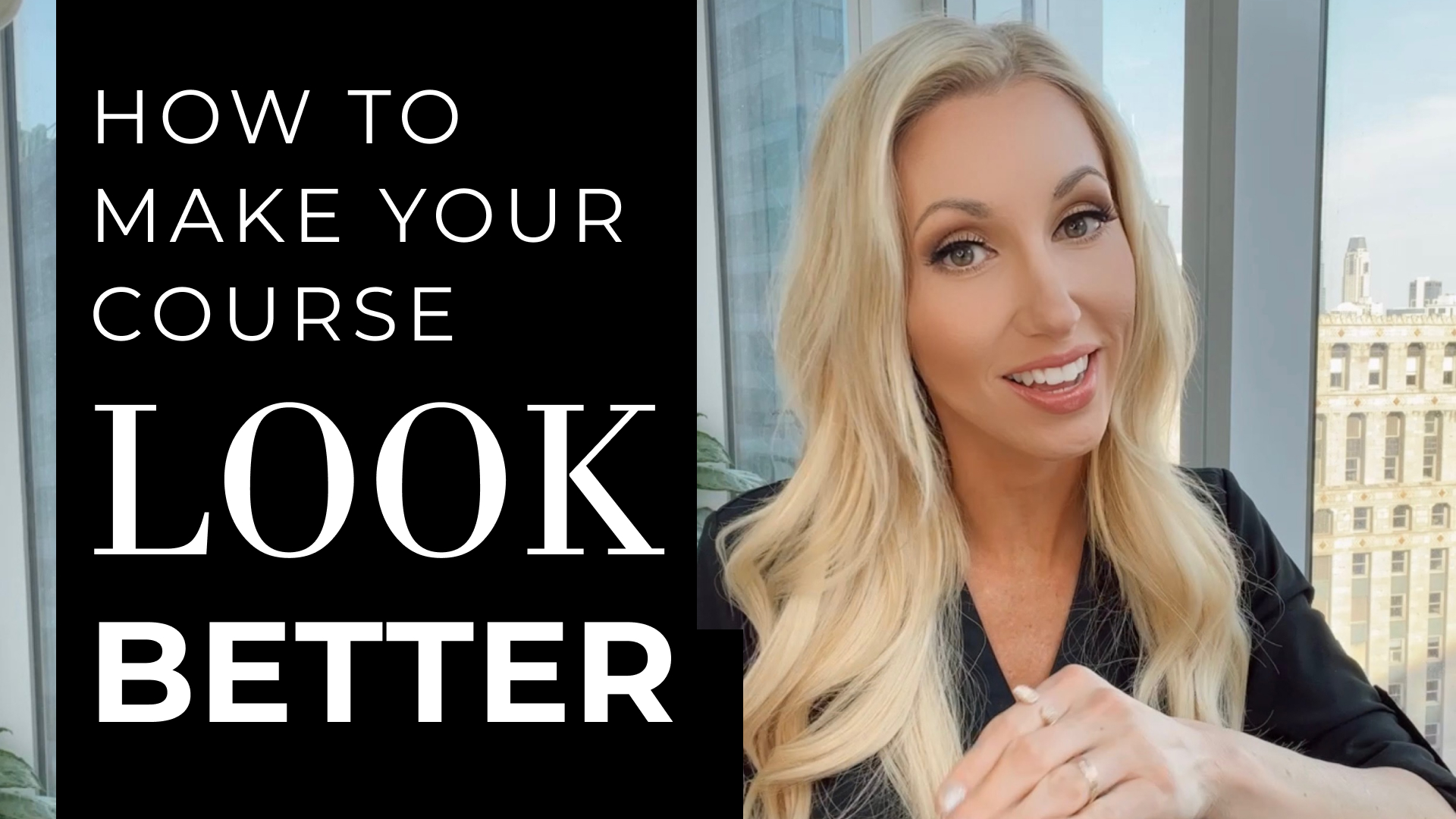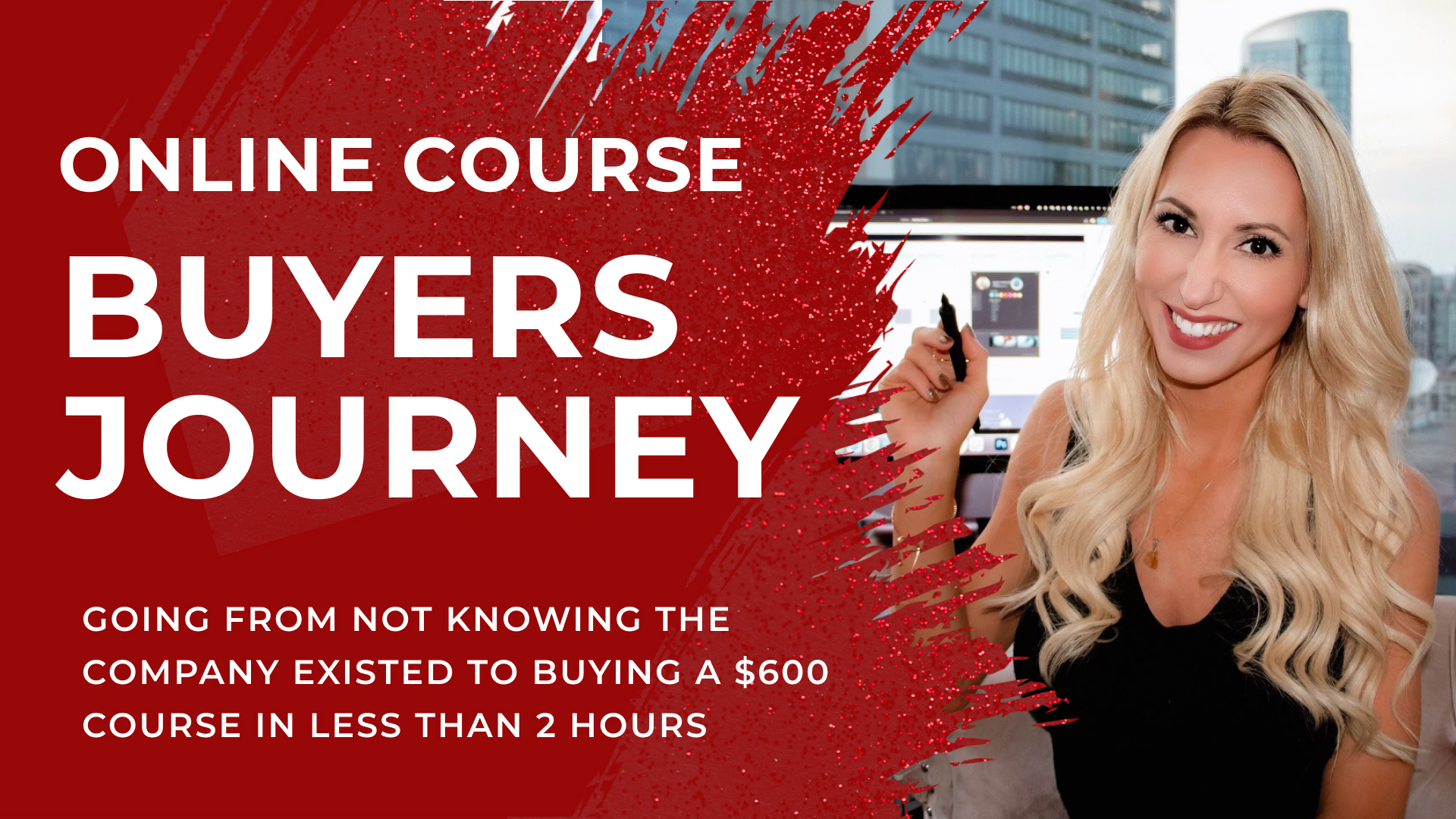Transcript
So today we’re going to talk about how to craft your offer strategy, and the goal here is to maximize the amount of revenue that you earned from your launch. So you’ve put all this work into creating an amazing course. You want to get the most out of it. So when you’re crafting your offer strategy, there was a lot more that goes into it than just the price of your program. The first component of your offer surety is your freelance content, and the purpose of your prelaunch content is to get people into the sales funnel. So you continue to build a relationship and eventually offer your course for sale to them. And from there, after you have your prelaunch content, you’re going to go into your core offer, which is your core program. And that’s pretty self-explanatory. It’s, I don’t think we need to go into too much detail there, but the next part that I highly suggest including in your offer strategy is a vip offer.
And I recommend this for a few reasons. The first one is actually the least important and that is that you’re going to earn additional revenue from having that additional level and that’s pretty obvious, but the real reason why I think it’s a very strategic move to offer a VIP version. Uh, well let me first explain what a VIP offer is for your course. And a VIP offer is limited to a certain number of people. So maybe only 10 people. There are only 10 spots and it’s at a much higher price point in that it’s important the much higher price point because it goes into play as far as why I think it’s strategic to do this. And so offering a vip version, it serves as a price anger and if you’re not familiar with price anchoring, it’s a way of. It’s Kinda like a decoys product.
It’s a way that we can make a product look like a really, really good deal without lowering the price or adding anything to it just by studying next to a price or a product that is a lot more expensive. So having that $10,000 Vip coaching offer next to the core product that’s placed at a thousand dollars, it makes that thousand dollars like so much more appealing than what it would would’ve if it was just by itself with only that one price. And you can use price anchoring more than just on that pricing section of your page, your sales page. You can also use it all throughout your sales page by really being strategic about how you position and structure your sales page and the content. If you study sales pages, which I highly suggest that you do, start paying attention to the flow of the content, what topics are being discussed and what order.
You’ll always see that when people start listing out all the benefits of what’s gonna be included within the course and how much the real value would be. They’re putting prices next. All of this, and of course this is making the value look larger by having like a total value at the end, but what it’s also doing is it’s anchoring prices into your mind before that you see the real option. So anytime we have to come up with a numerical value, we’re really susceptible to the anchoring effect and if you see a number like 5,000 right before you see the thousand, it’s going to make it seem so much more attainable and it’s just really cool. The brains of crazy, crazy thing. So I would highly suggest including a vip offer, playing around with the price points and just seeing what type of results get. So now we’ll move onto the third component of your offer strategy and that is the fast acting bonus or also called like the early bird bonus or the early bird discount.
And what this is, is a discount or a bonus that you give only for 24 to 48 hours after your course launches. And I actually, I’m much prefer adding additional bonuses and additional value other rather than discounting prices. Um, I don’t really like, I don’t recommend discounting and offering sales because I think it trains our customer is to be kind of bargain shoppers and only buy things when they’re on discount. If you are going to offer a discount though, this would be the one time that I say it’s not horrible would be on the early bird pricing offer, but again, I would still rather see you do a, a early bird bonus rather than a discount. Um, but anyway, the reason why this is important is because we really want to get people taking action and buying your course as soon as it launches. The reason being is that they’ve just watched the sales video.
Emotions are high and there’s so much more likely to convert if you can get them to take action and right away then if they leave and now I start second guessing themselves or they start having that self doubt as to whether or not they should invest in the program. I’m coming up with all these reasons why they shouldn’t or they could just get distracted. Like people get busy in life, takes over and they forget it to purchase the course before you or before the cart closes. So you really want them to take action as soon as possible. One to increase conversions just by getting them to take action right away, but also now you get to leverage that excitement and their enthusiasm and getting people into the course, into the rest of your marketing for your launch, so getting people that have just purchased to comment on the prelaunch video pages gets everyone else like even more excited and kind of pushes them over there over the fence if they’re debating because now they see a comment saying, oh, I just purchased them so excited and I’m watching module one right now.
This is awesome and one. Now it’s kind of social proof. So you’re combining the power of social proof and scarcity at this point as well as authority, like raising your authority because they’re seeing other people are purchasing from you and loving the content. So combining all those psychological factors are really, really powerful and that’s why you should definitely, definitely, definitely include a fast acting or early bird bonus. And now moving on the next offer or can put it into your offers strategy is going to be your surprise bonus or your surprise offer. And what this is, it’s a special offer that you include within your launch that’s not going to be talked about, like in your prelaunch videos or on the sales page. The purpose of it is to, again, get people who are on the fence kind of wavering back and forth as to whether or not they want to purchase the course and they’re kind of, they’re debating, they’re not 100 percent sure if it’s right for them or if it’s the right time.
If you announced this surprise bonus, I’m midway or closer to the end of the closing part time during your lunch, it’s going to get anyone that’s like really, really taught like teetering on that fence to push over to the conversion side of the fence, which is exactly what we want. The next part of your offer strategy, which is also really important, I think is including an upsell. An upsell can drastically increase the bottom line when it comes to how much you make during your launch because it’s just an added bonus or an added component of your course that can help expedite your customers able to get results. So an example that I like to give it was just because I recently bought a course, I’m amy Porterfield’s webinars that convert and she had an upsell that was so the course is a thousand dollars and her upsell was one 97 and it was a five pack of slide templates that you could use for your webinars.
And Ms.works really well because it’s just directly correlates to what her course offering is and helps their customers expedite getting results even faster because now they don’t have to worry about making signs and it takes away all that headache. And then from there, the last component I want to talk about is your down sell and your down sell is the offer that you give to anyone that did not purchase your core product. So maybe just wasn’t the right time for them. Maybe they didn’t have the money to invest. They didn’t have a thousand dollars to put down the corps, but they would have loved to purchase like a $300 program, like a two 97 version of it. And so this kind of, there’d be, um, like a smaller portion of your course, maybe just the first couple of modules or it’s packaged in a different way, or maybe this version doesn’t include the one on one coaching calls and the private facebook group.
There’s a lot of different ways that you can get creative here, but having a down sell offer is going to, again, substantially increase your bottom line because it’s getting people to convert that otherwise wouldn’t have. And now as long as you’re providing a lot of value in that downsell offer, the next time you offer and launch your core product, they’re going to be a lot more likely to purchase that upsell or that complete package. So this is the offer strategy that I recommend that I’ve seen work really well. And of course you don’t have to do everything right away, like do what you can handle and you can always add on and improve upon your launch strategy as you progress. But again, speed to market is extremely important. Speed of implementation should be close to your number one priority next to delivering amazing value for your customers. So that’s a recap, the components of your offer strategy that’s going to be your prelaunch content, your core offer, your vip offer, your fast acting bonus, the surprise bonus, your upsell, and our downsell. And if you have any questions, feel free to leave me a comment. I’ll definitely answer them. And I’ve also created a worksheet that has each of these steps and components outlined and explains what they are and why you want to include them within your offer strategy. So I’ll leave a link here so you can tell them that as well.
- Pre-launch Content
- Core Offer
- VIP Offer
- Fast-Acting Bonus
- Surprise Bonus
- Upsell
